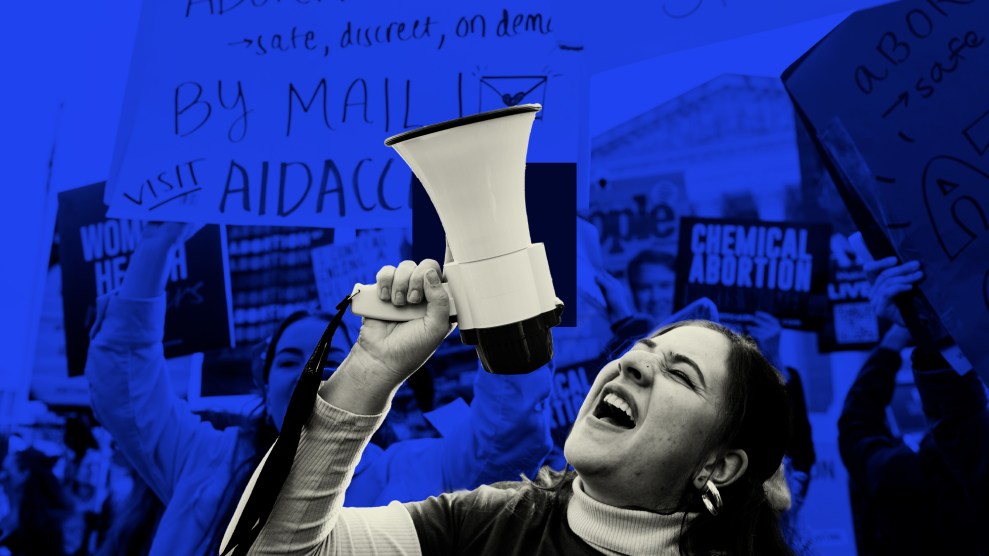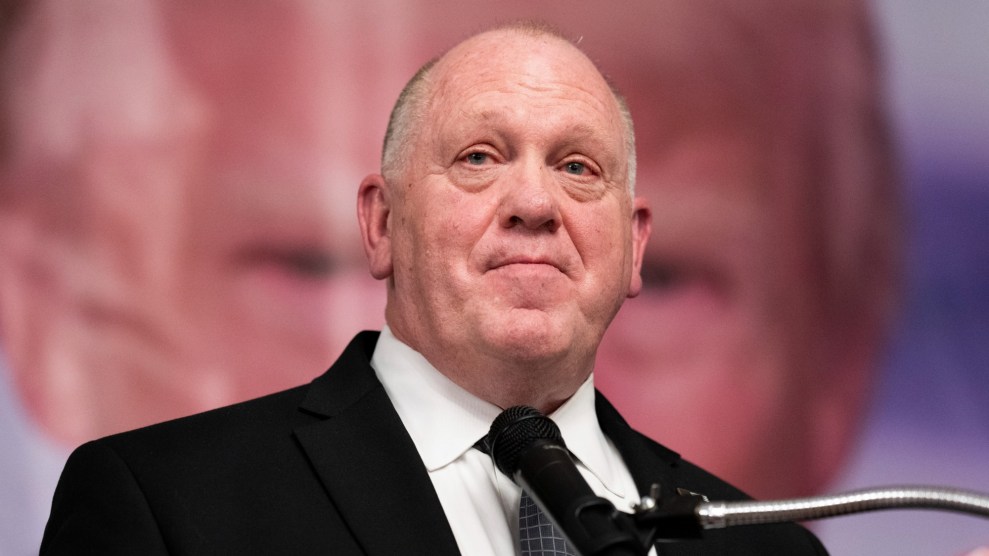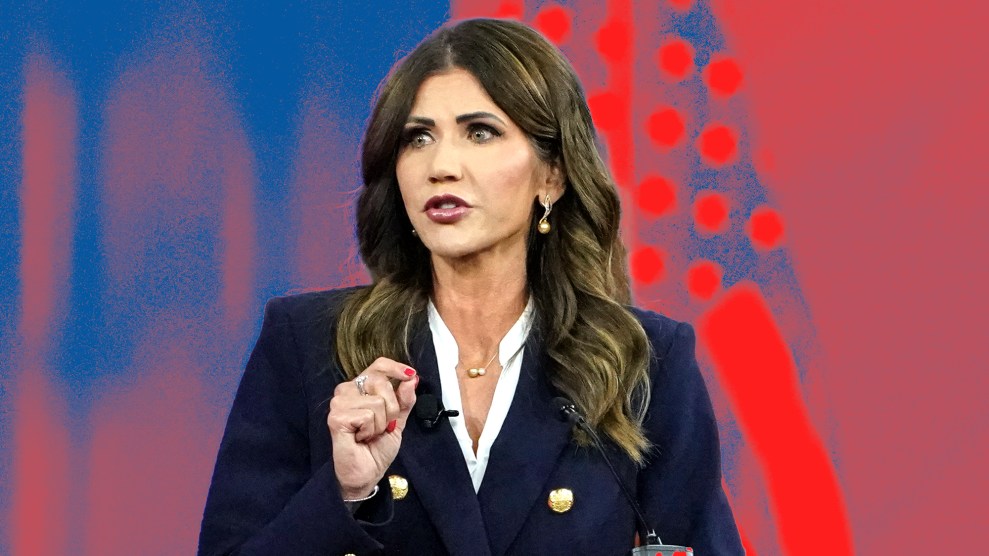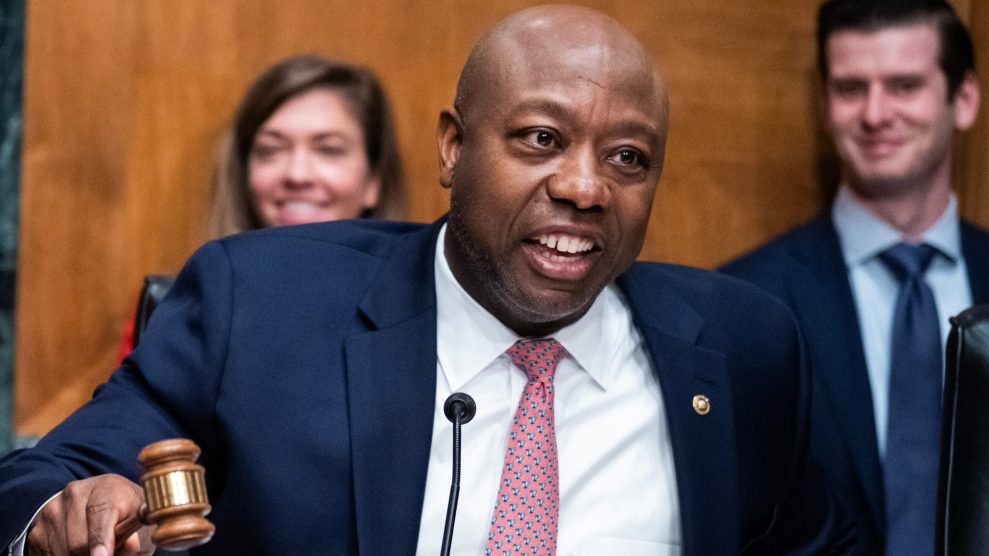The Center on Budget and Policy Priorities, a left-leaning economic think tank, has a little-covered idea that it argues must be incorporated into a comprehensive climate change bill. “Even a modest 15 percent reduction in
greenhouse-gas emissions would cost the poorest fifth of Americans an
average of $750 a year per household,” it says. “These households have average annual incomes of only about $13,000.” To make sure that our transition to a new energy economy doesn’t place unreasonable burdens on the country’s most vulnerable families, CBPP is proposing a “climate rebate” that, for the very low-income, could be rolled into the Electronic Benefit Transfer (EBT) systems that currently distribute food stamps and other forms of financial assistance. For moderate-income working families, “climate rebates” could be incorporated into a tax credit. Here’s CBPP’s pitch:
Policies that restrict greenhouse gas emissions will significantly raise the price of fossil-fuel energy products — from home energy and gasoline to food and other goods and services with significant energy inputs. Such policies are necessary to encourage energy efficiency and greater use of clean energy sources. They will, however, cut into consumers’ budgets.
Low-income consumers are the most vulnerable because they spend a larger share of their budgets on necessities like energy than do better-off consumers. They also are the people least able to afford purchases of new, more energy-efficient automobiles, heating systems, and appliances. Protecting low-income consumers therefore should be the top priority of the consumer relief provisions included in climate change legislation. The Center on Budget and Policy Priorities has designed a “climate rebate” that would efficiently offset the average impact of higher energy-related prices
on low-income households. The rebates would be funded with revenues raised by climate change legislation, most likely from the auctioning of emissions allowances under a cap-and-trade system.
Such a rebate would ensure that the burdens of fighting climate change and ending our dependence on fossil fuels would be borne by the wealthy and upper-middle class, which doesn’t necessarily match Obama’s campaign rhetoric on the issue, which emphasized shared sacrifice. But in a recession that is threatening to turn into a depression, maybe that isn’t such a bad thing.















